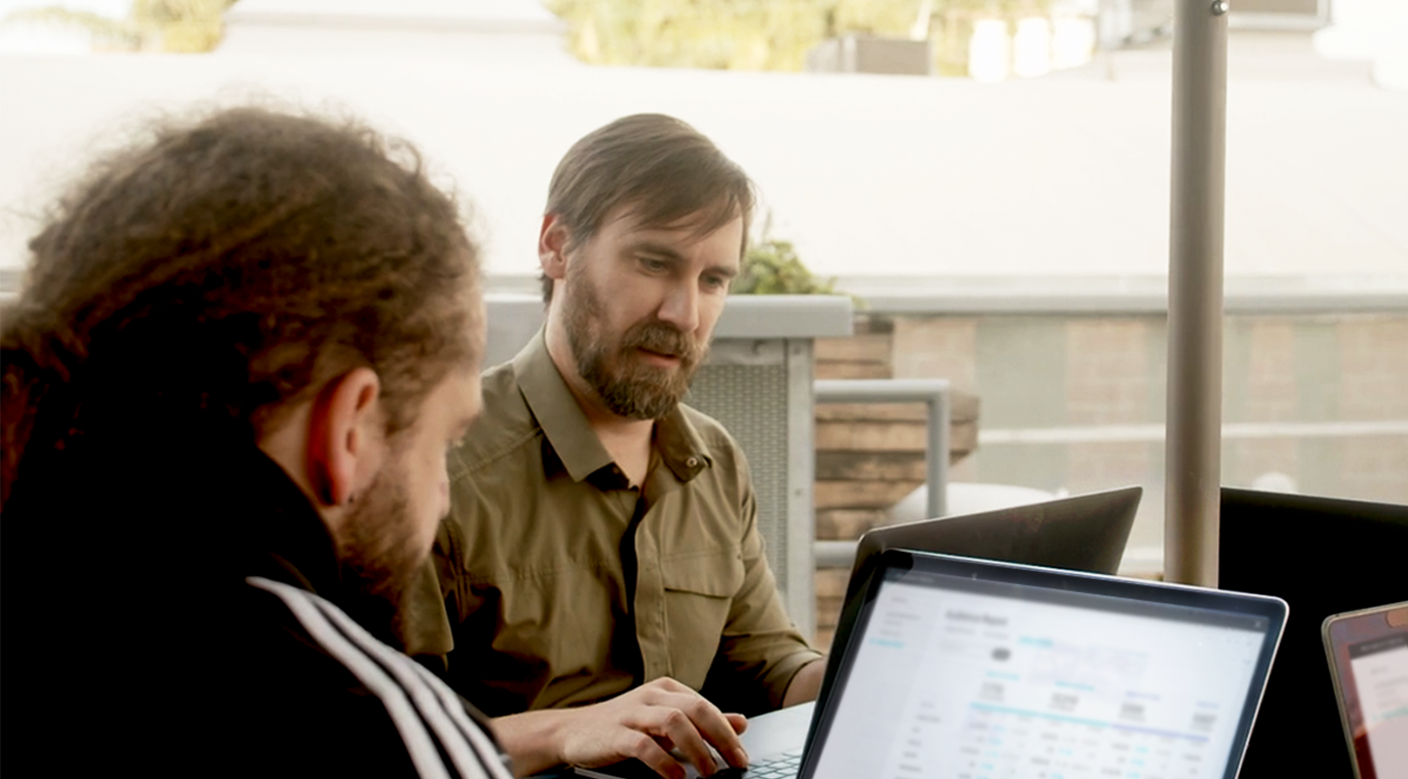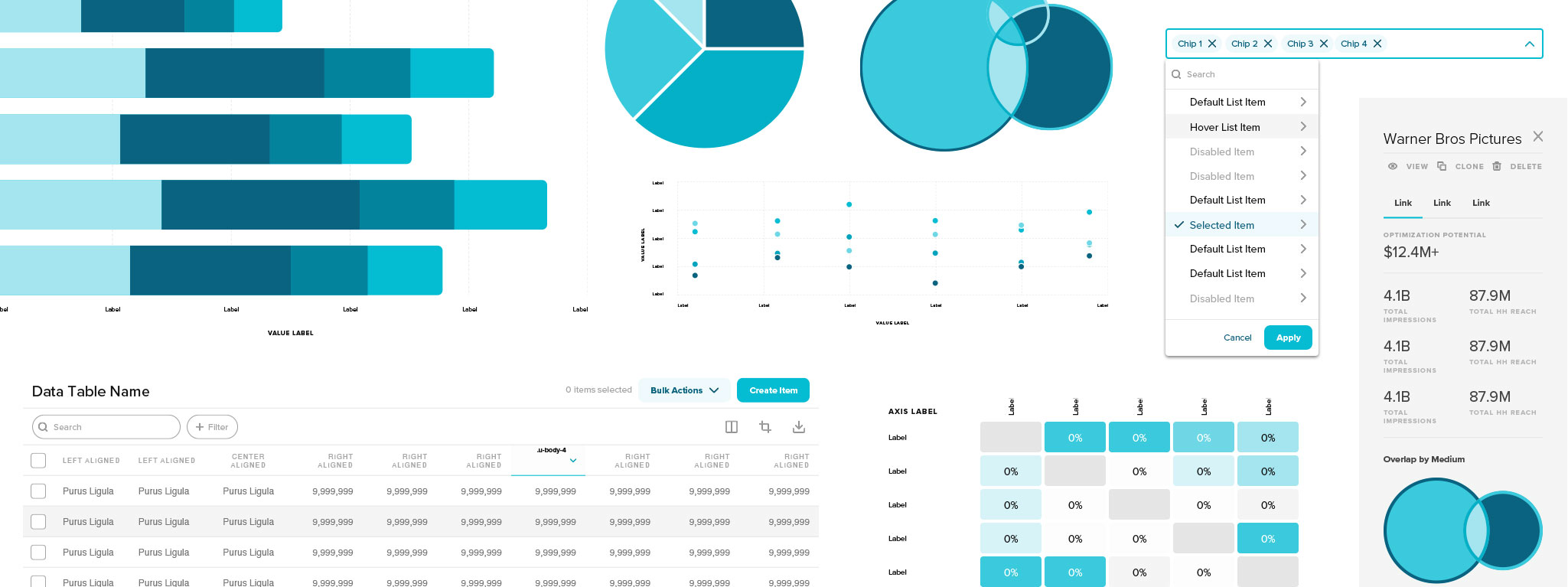Building Empathy When You Have Limited Access to Users

As VideoAmp’s sole user experience researcher, I spend my time inhabiting the minds of the people who use our products and services. It’s critical that I understand who our users are and why they might choose – or, more likely, be directed – to use VideoAmp. At the same time, I also need to develop a holistic view of their day-to-day lives, including their motivations, responsibilities, work environment, and career aspirations. When combined, these elements paint a very real picture of who our users are, which is the first step in generating empathy for these individuals within the company.
But identifying user groups and understanding what motivates them is just the first step in developing an effective user-centered design practice. To truly build empathy for users, the teams that conceptualize and develop products – typically product managers, designers and engineers – need to see what happens when people use their products to accomplish tasks in real world scenarios. That means I need to provide those teams with as many opportunities as possible to test their ideas throughout the development lifecycle. And to do that, I need to recruit users, and lots of them.
When I’ve worked on consumer-facing products in the past, it was never difficult to recruit eligible research participants. If I couldn’t personally identify participants from user logs or client lists, I could always hire a recruitment agency or work with an online user research vendor to locate individuals who aligned with the characteristics of my users. But working at a startup that produces highly specialized enterprise software means I have a few more hurdles to clear before I can get in front of a qualified user.
For starters, there aren’t a ton of people who work with ad tech software. Where a consumer-facing product might have millions of users, the total population of individuals in the U.S. who currently work with ad tech platforms like VideoAmp’s totals in the thousands. Within this relatively small set of potential users, I also need to be cognizant of our status with clients and prospects. While a certain agency might seem like a great target to include in a research effort, I need to check in with the sales team to understand any circumstances with that relationship that may make it imprudent to approach them about certain topics.
So, how do I foster a user-centered design approach and generate the insights my colleagues need when I don’t have the luxury of a large population of users? The short answer: I improvise. Some of the creative tactics I’ve used to overcome recruitment challenges include:
- Go back to the well – Researchers typically avoid using the same participants in more than a few activities a year. Otherwise, there’s a risk of designing a product that suits the needs of a few unique users rather than a representative sample. But when access to users is limited, these very legitimate concerns have to be weighed against the need to get user feedback before products are released. Before your practice is fully established, be prepared to identify a few key users and establish cadenced check-ins to ensure you’re getting feedback on as many elements as possible.
- Colleagues make great proxy users – During the first few weeks at a new company, in that glorious period before your calendar becomes a solid block of back-to-back meetings, set up conversations with as many people across your organization as possible. Not only will this give you a chance to introduce yourself and learn about any existing interoffice dynamics, you can also identify potential proxy users by exploring your colleagues’ work pedigrees. Of course, you’ll want to avoid testing products with anyone closely associated with the development process, but people like product managers can be a gold mine of information when you’re developing artifacts like personas, journey maps or task flows.
- Network to build a rolodex of users – As you make connections within your company, among clients or attending industry events, make sure you keep track of who you meet and where their expertise lies. As I meet new people and explain what I do, I’ll often come right out and ask if they would be interested in providing feedback sometime down the road. It’ll take some effort to keep your database up to date as your participants change roles and companies, but this can be a great way to augment your other recruiting efforts.
- Make sessions enjoyable – As researchers, we try to extract as much information as possible from our participant’s in the limited time we have with them. But if we’re too focused on our own agenda, we can miss out on an opportunity to curate a great experience for the participant. Make sure you take the time to introduce yourself and provide some context about the meeting before you dive in. If you’re meeting with someone in person, be sure to offer them a drink and ensure they’re comfortable. If it’s a remote session, double check that the meeting time is still convenient and be flexible if they need to reschedule. If they ask about the results of the study and it’s prudent to share those details, be sure to follow up. And, of course, offer them some sort of compensation for their time, be it a gift card, swag or whatever you can manage with your budget. All of these small things can really enhance the experience for your participant, which makes it more likely they’ll agree to future sessions and potentially introduce you to new contacts.
- Triage research requests – Once your colleagues see the benefits of user research, they’re likely to fill your inbox with requests to test everything under the sun. If you’re able to achieve that kind of buy-in, it may feel strange to turn requests down, but you’ll need to learn to say “No.” Work with leaders in your product, design and engineering organizations to determine which projects will benefit the most from user feedback and make those the priority. That’s not to say you can’t address some of the lower-priority requests, but you may need to find ways to address multiple requests in a single session and take advantage of every moment you get with a user
Overcoming recruitment challenges can be tricky and until you have enough users at your disposal, you might have to adjust your overall research process and the methodologies you employ. The good news is, your access to participants will only grow with every successful research effort you complete, which means things will only get easier.
